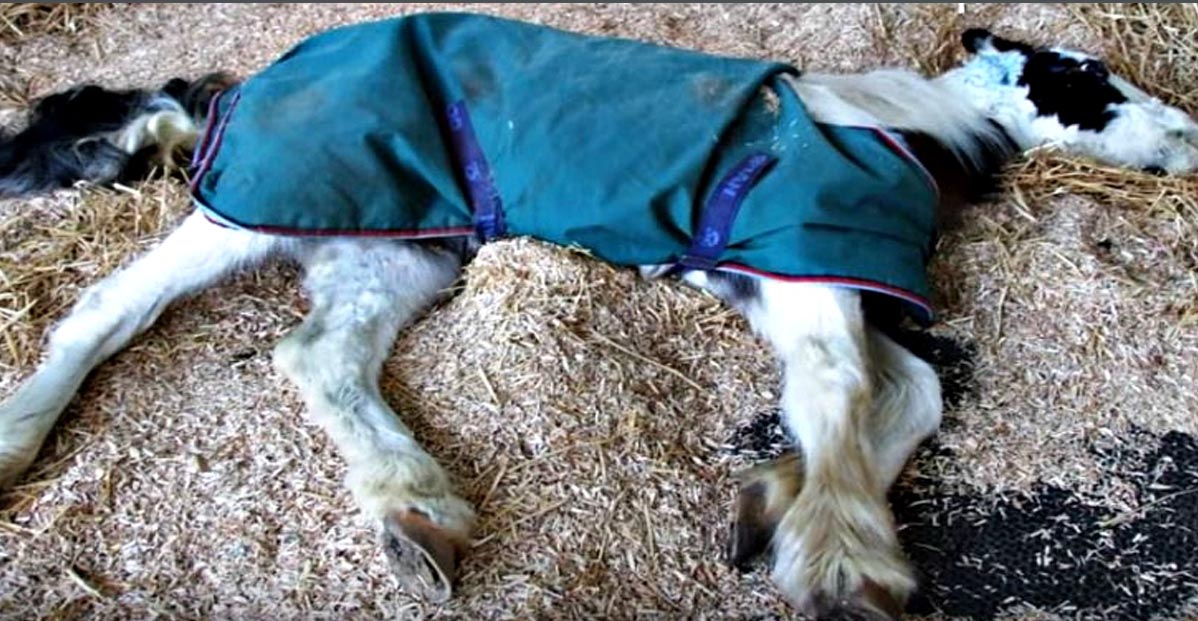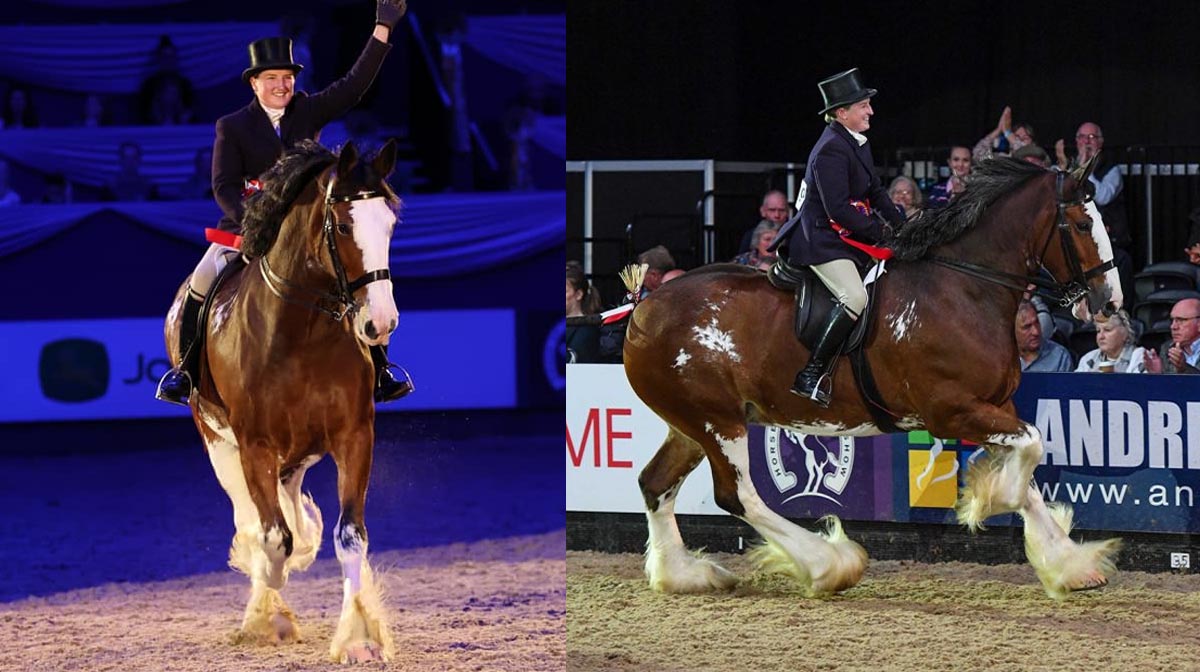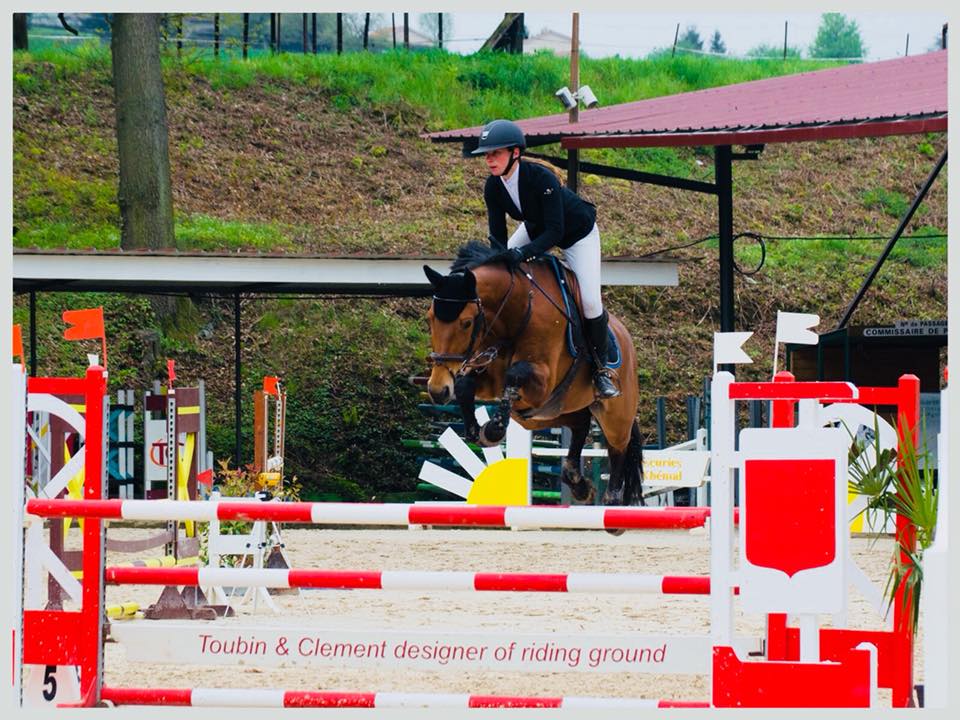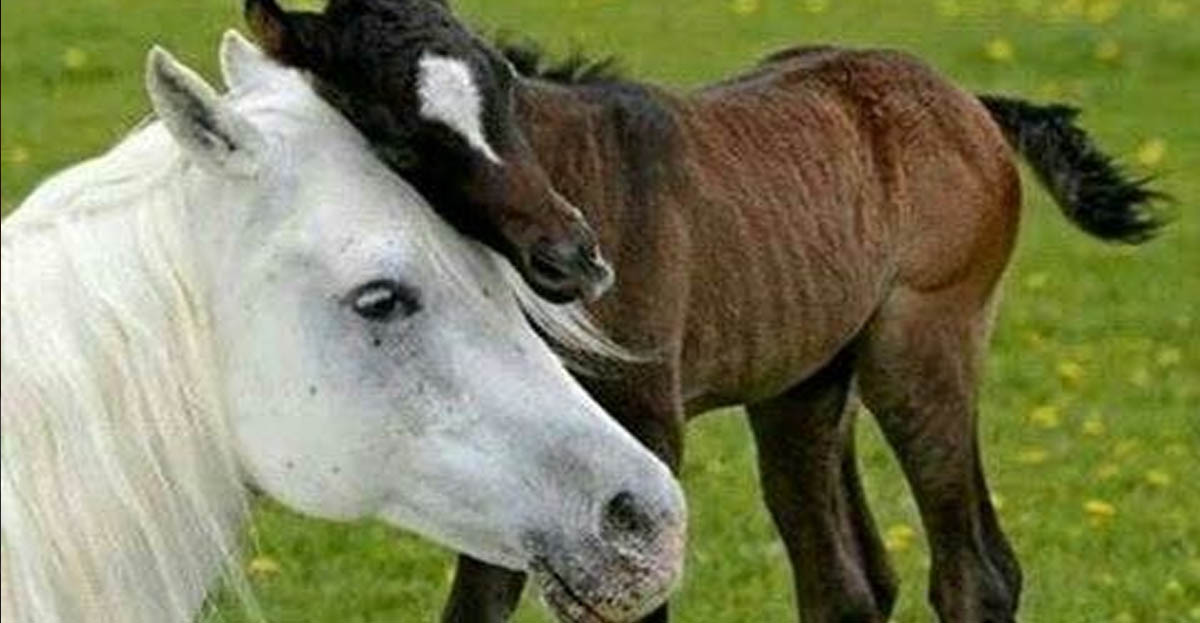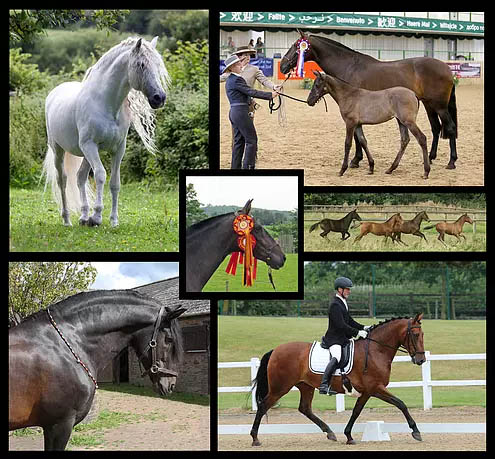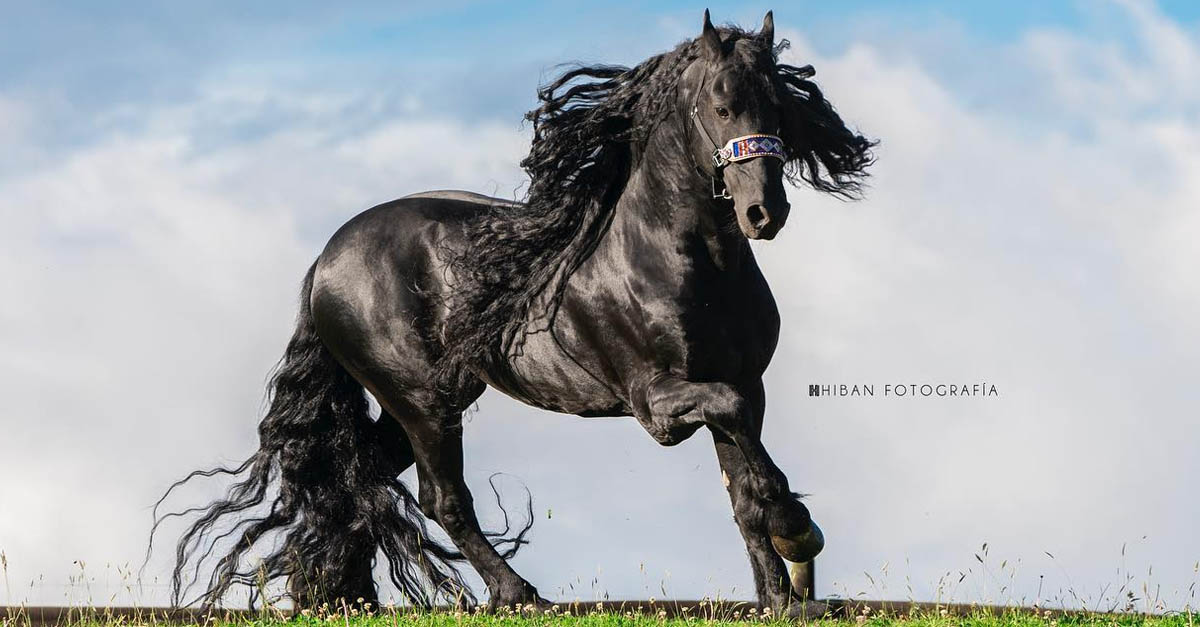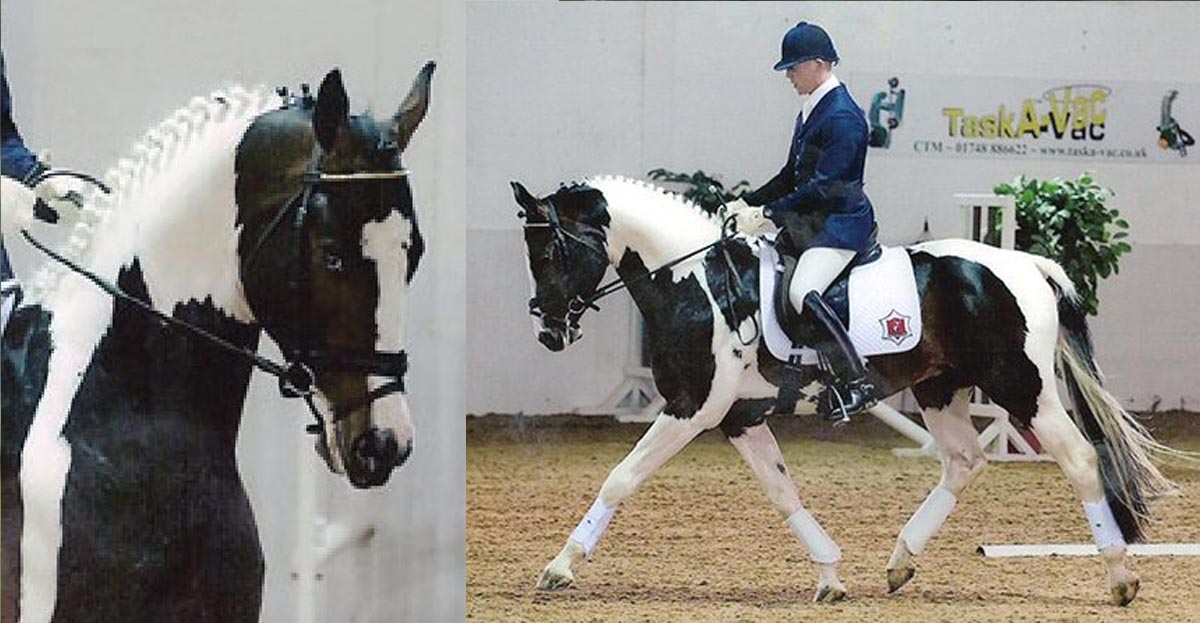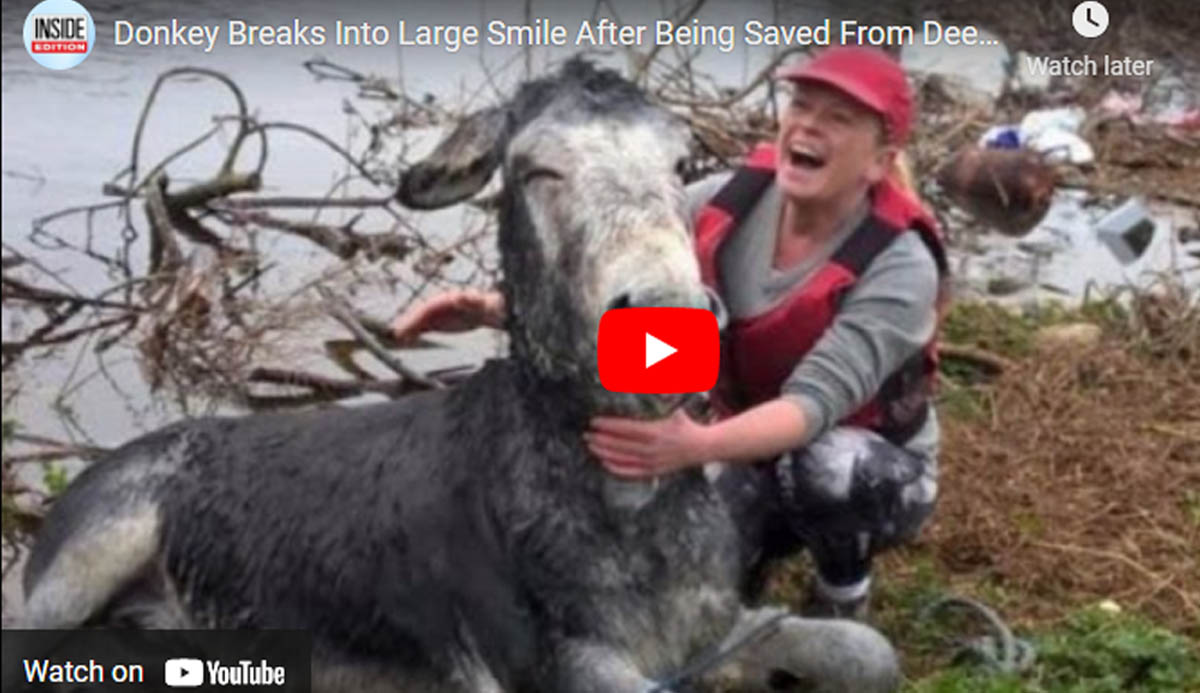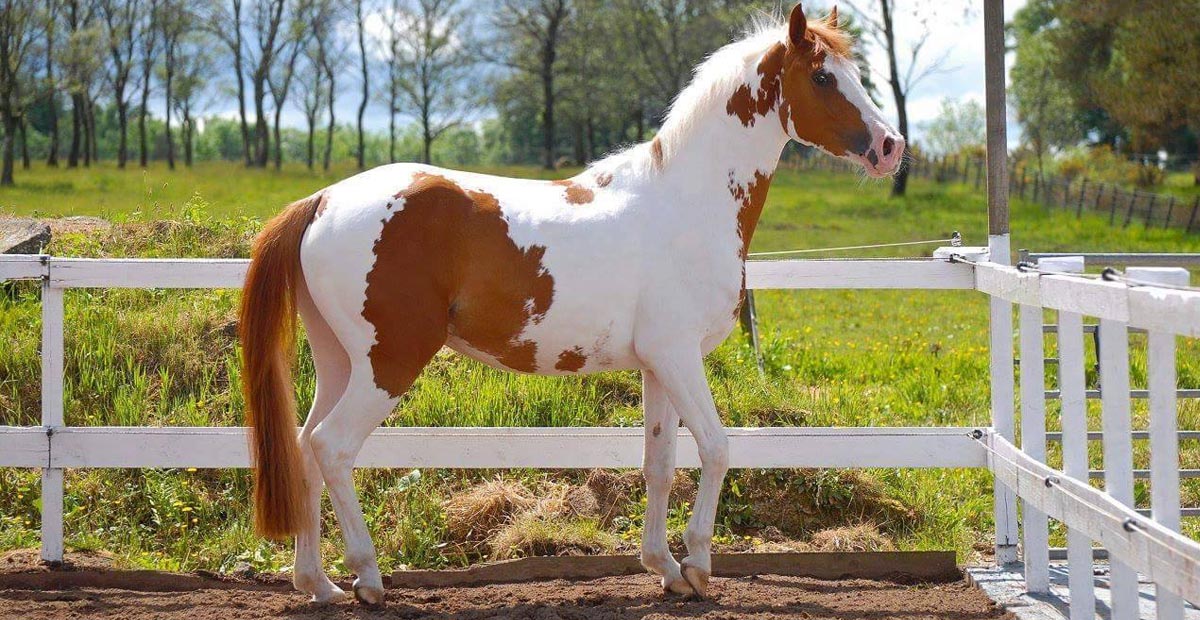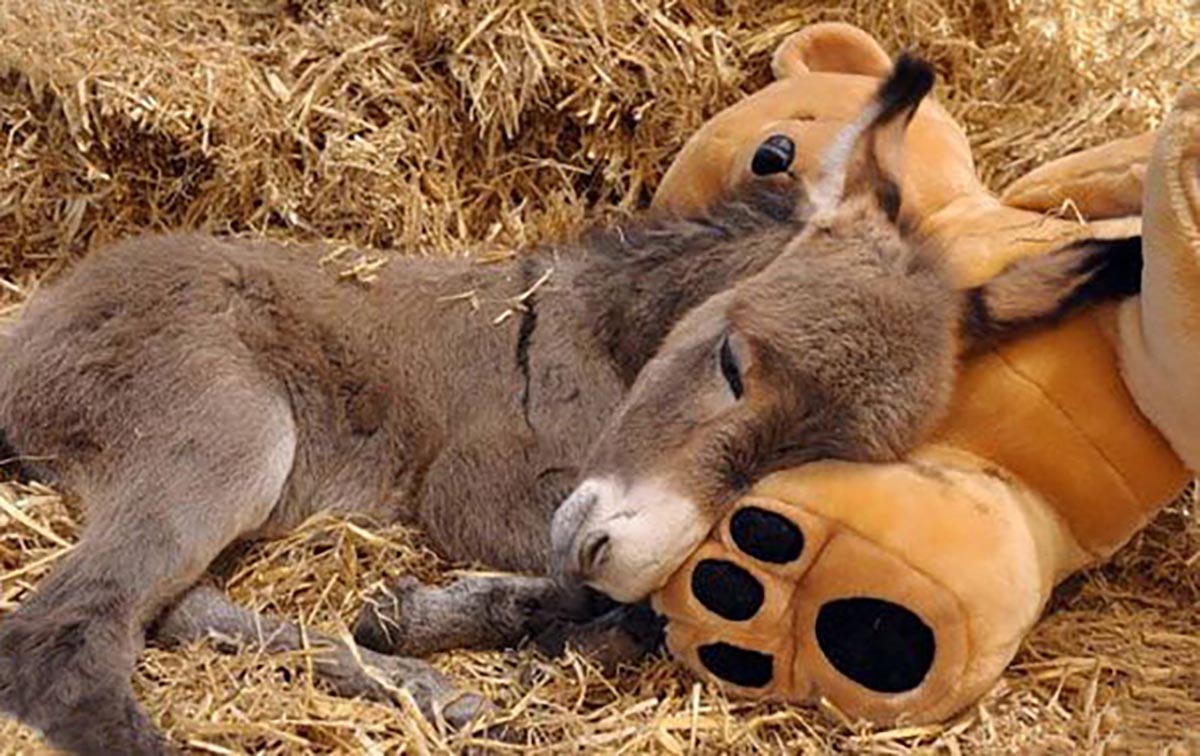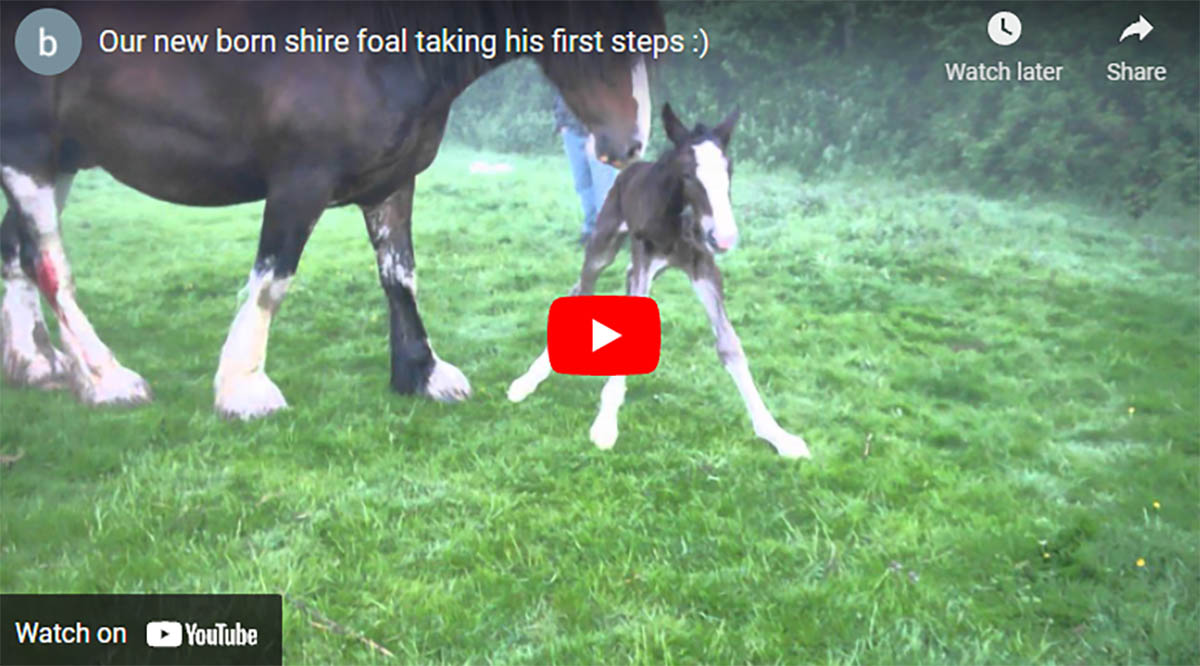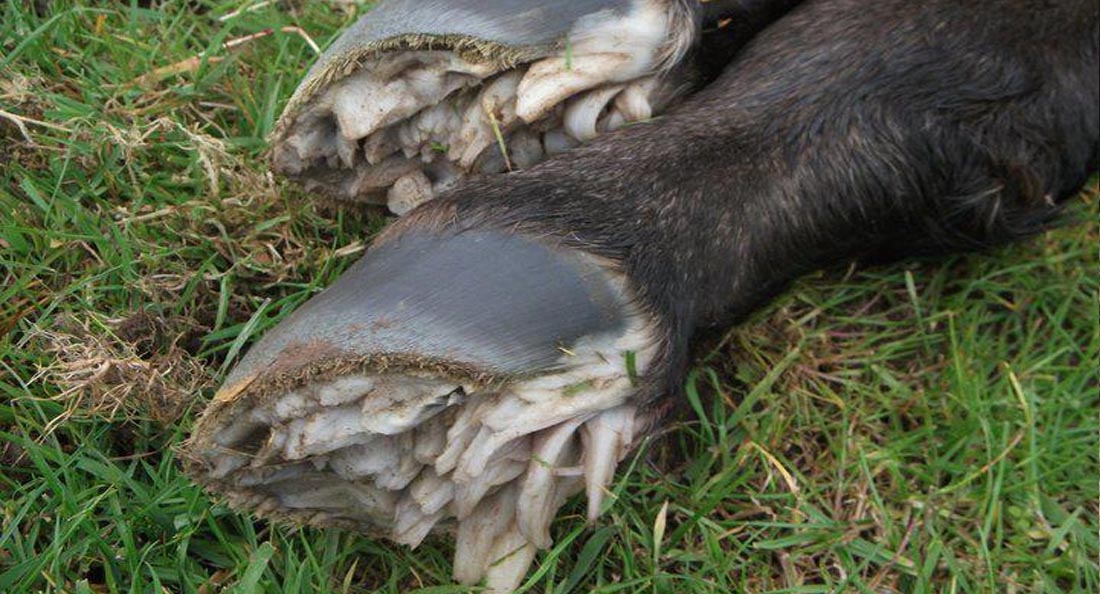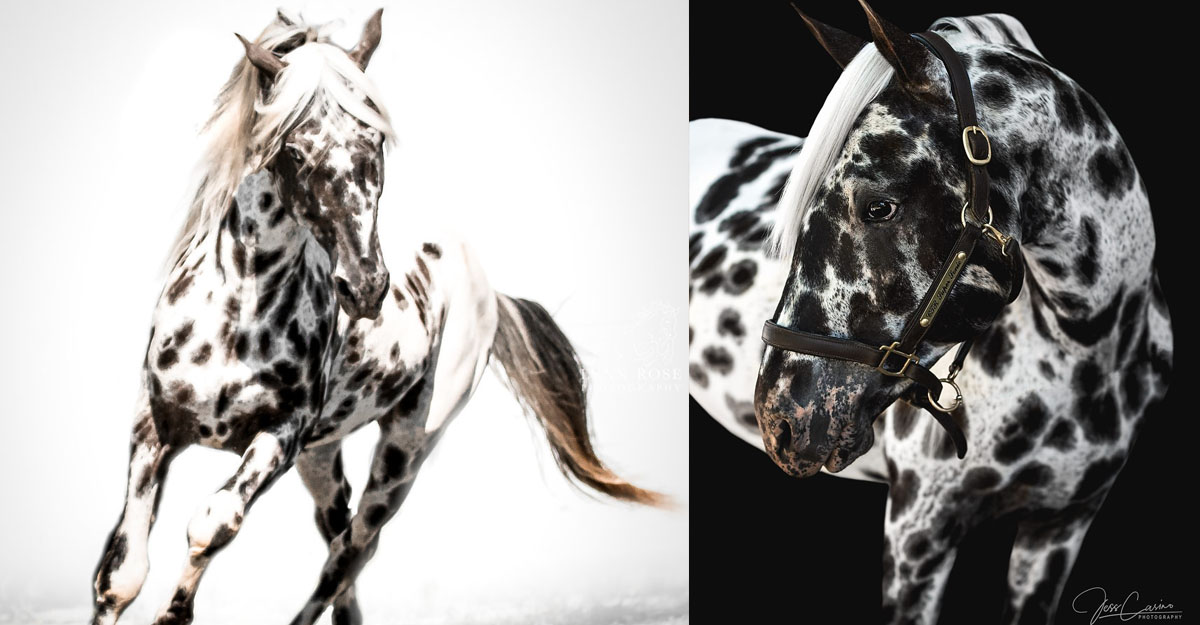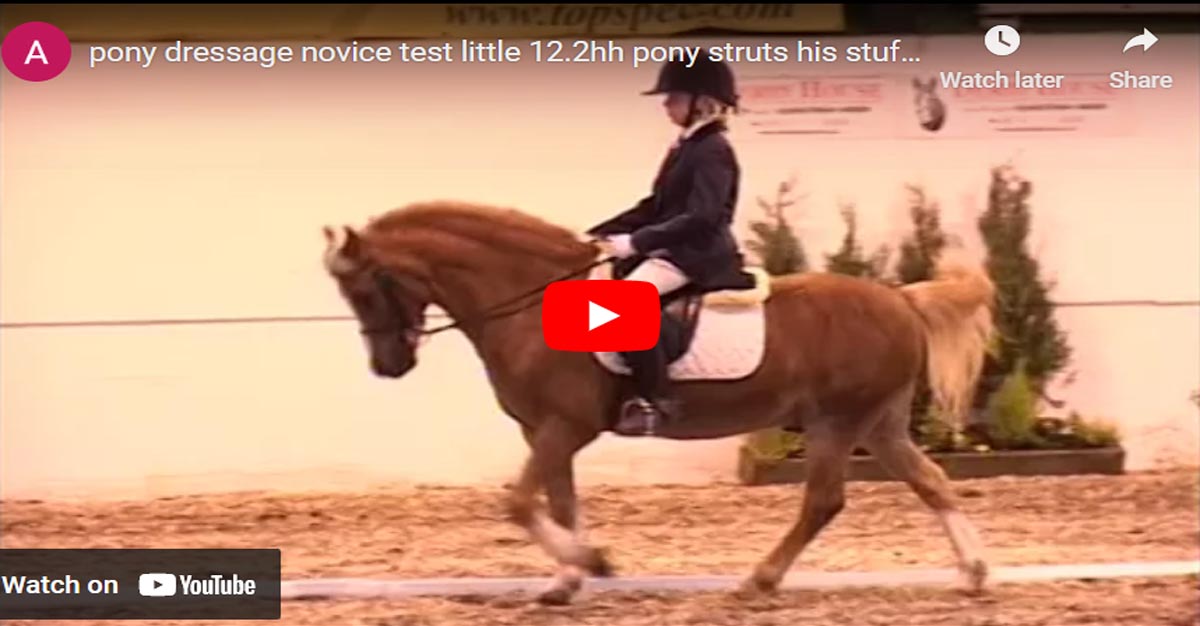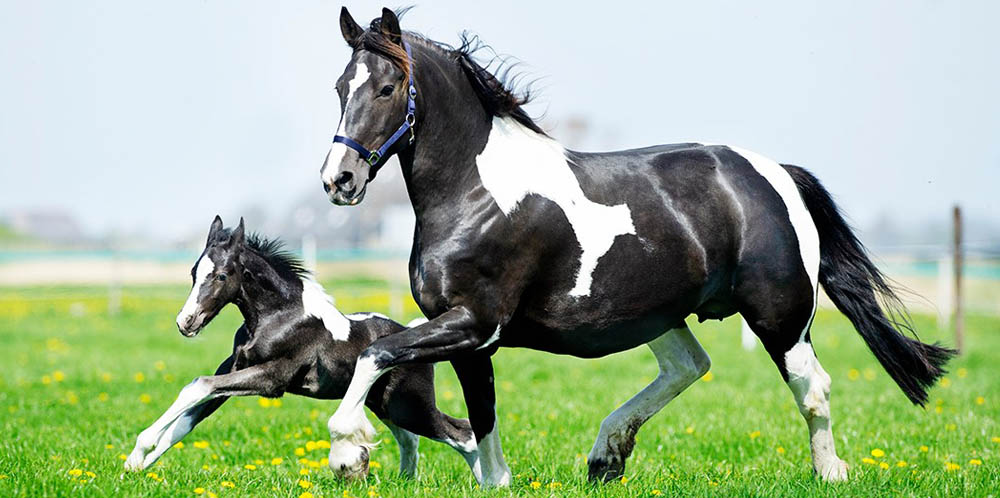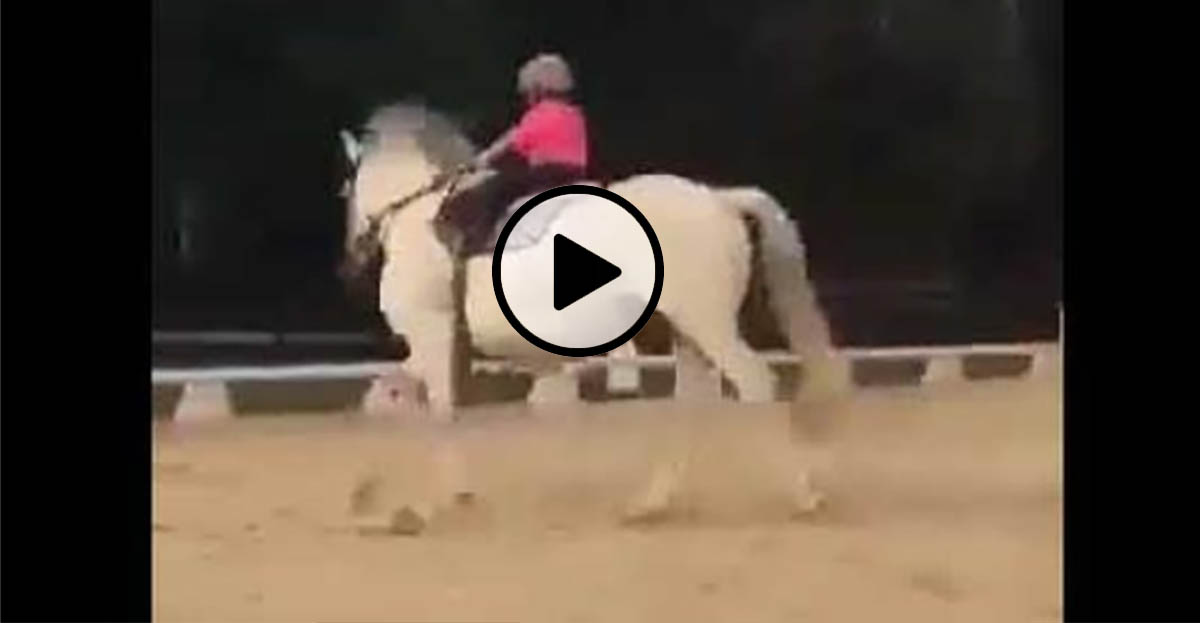Haylage
What is haylage?
Haylage is a different way of conserving roughage (fodder) than hay. Hay is dried to a dry matter level of 84 %. Haylage is dried to dry matter levels of 45 70 % dry matter. Haylage has higher moisture content than hay but is not as moist as silage.
The haylage is baled and wrapped with several layers of specially manufactured bale wrap to ensure an oxygen free environment. Inside the bale at the oxygen-free state, the lactic acid bacteria that are found naturally on all plants start producing lactic acid that makes a drop in pH conservation. The method prevents undesirable bacteria and mould growth. In the end the haylage will end up to be a fodder of good hygienic and nutrient quality.
What is the difference between silage, haylage and hay?
Haylage has a dry matter of 45-70 % while silage has a dry matter below 45 %. Silage is often not used for horses as it is very high in nutrients and often chopped into very small pieces that are not optimal for horses to feed on. Hay has a dry matter level of 84 %.
Why should I feed my horse with haylage?
For your horse:
Dust free
Healthy for horses sensitive to allergies
Higher nutrient content and hygienic quality
Horses usually prefer haylage to hay
Well produced haylage has a more even quality less changes in the horses diet healthier for the horses digestive tract
Amino acids are essential for the growing, well being and performing horse. The most limiting amino acids for horses are lysine and methionine. These amino acides are best found in forage rather then concentrates.
The milk composition of the lactating mare is suited for the nutritional requirements of the foal. As long as the foal is suckling milk from the mare based on a high roughage diet intake the balance of protein and lysine will maintain. Contrarily, if the foal is fed with large portions of concentrates, lysine may be insufficient in the diet and supplementation will be required.
For you:
Haylage bales are less sensitive then hay bales to dust and moisture (rain, snow etc)
Haylage bales do not require indoor storage facilities
Haylage is not weather dependent to secure good quality
Haylage can present a higher and more consistent quality to dried hay
Haylage presents minimal fodder losses
Exclusive Horse Feed offers you products with different protein and energy levels, based carefully on selected grass and legumes crops to meet with the individual needs of your horse.
Exclusive Horse Feed haylage is analysed for nutrient content and hygienic status and the analysis will help you in giving your horse the correct amounts of feed
The possibility of choosing the correct nutrient level via Exclusive Horse Feed to match your horses requirements can help you adjust the amount of concentrates or supplements that may or not be required.
Timothy Haylage mix
This mix consists of mainly timothy timothy the tasty grass for horses together with a well balanced mix of meadow grasses and blue lucerne. Timothy haylage mix provides well balanced roughage with high energy, fibre, calcium and the popular protein leguminous plant blue lucerne. Lucerne with its high calcium and protein helps prevent the pH in the horses bowl system to sink too low and the saliva that is produced from the chewing of the roughage helps prevent a low pH in the hind gut that other wise could lead to colic.
What quantities of haylage should my horse have?
As a general rule of thumb a horse should have minimum 1 kg dry matter per 100 kilogram bodyweight per day. This means for a horse weighing 500 kg a minimum of 5 kg dry matter haylage per day.
How should I feed haylage?
Haylage contains more water than hay and this must be compensated by giving the horse a bigger haylage portion compared to hay. How much more haylage is required depends on the dry matter level of the haylage. Haylage often contains more nutrients per kg dry matter than hay. Also, be aware that the concentrate ratio may need to be adjusted. It is important to use a haylage that is suited nutrient-wise to the category of horse that you intending to feed it to. For example a mare in her last trimester has a much higher nutrient requirement than a pony does. Always remember that all horses require a lot of fiber in their diet.
Horse Videos

Horse Videos

Horse Videos

Horse Videos
Haylage is a different way of conserving roughage (fodder) than hay. Hay is dried to a dry matter level of 84 %. Haylage is dried to dry matter levels of 45 70 % dry matter. Haylage has higher moisture content than hay but is not as moist as silage.
The haylage is baled and wrapped with several layers of specially manufactured bale wrap to ensure an oxygen free environment. Inside the bale at the oxygen-free state, the lactic acid bacteria that are found naturally on all plants start producing lactic acid that makes a drop in pH conservation. The method prevents undesirable bacteria and mould growth. In the end the haylage will end up to be a fodder of good hygienic and nutrient quality.
What is the difference between silage, haylage and hay?
Haylage has a dry matter of 45-70 % while silage has a dry matter below 45 %. Silage is often not used for horses as it is very high in nutrients and often chopped into very small pieces that are not optimal for horses to feed on. Hay has a dry matter level of 84 %.
Why should I feed my horse with haylage?
For your horse:
Dust free
Healthy for horses sensitive to allergies
Higher nutrient content and hygienic quality
Horses usually prefer haylage to hay
Well produced haylage has a more even quality less changes in the horses diet healthier for the horses digestive tract
Amino acids are essential for the growing, well being and performing horse. The most limiting amino acids for horses are lysine and methionine. These amino acides are best found in forage rather then concentrates.
The milk composition of the lactating mare is suited for the nutritional requirements of the foal. As long as the foal is suckling milk from the mare based on a high roughage diet intake the balance of protein and lysine will maintain. Contrarily, if the foal is fed with large portions of concentrates, lysine may be insufficient in the diet and supplementation will be required.
For you:
Haylage bales are less sensitive then hay bales to dust and moisture (rain, snow etc)
Haylage bales do not require indoor storage facilities
Haylage is not weather dependent to secure good quality
Haylage can present a higher and more consistent quality to dried hay
Haylage presents minimal fodder losses
Exclusive Horse Feed offers you products with different protein and energy levels, based carefully on selected grass and legumes crops to meet with the individual needs of your horse.
Exclusive Horse Feed haylage is analysed for nutrient content and hygienic status and the analysis will help you in giving your horse the correct amounts of feed
The possibility of choosing the correct nutrient level via Exclusive Horse Feed to match your horses requirements can help you adjust the amount of concentrates or supplements that may or not be required.
Timothy Haylage mix
This mix consists of mainly timothy timothy the tasty grass for horses together with a well balanced mix of meadow grasses and blue lucerne. Timothy haylage mix provides well balanced roughage with high energy, fibre, calcium and the popular protein leguminous plant blue lucerne. Lucerne with its high calcium and protein helps prevent the pH in the horses bowl system to sink too low and the saliva that is produced from the chewing of the roughage helps prevent a low pH in the hind gut that other wise could lead to colic.
What quantities of haylage should my horse have?
As a general rule of thumb a horse should have minimum 1 kg dry matter per 100 kilogram bodyweight per day. This means for a horse weighing 500 kg a minimum of 5 kg dry matter haylage per day.
How should I feed haylage?
Haylage contains more water than hay and this must be compensated by giving the horse a bigger haylage portion compared to hay. How much more haylage is required depends on the dry matter level of the haylage. Haylage often contains more nutrients per kg dry matter than hay. Also, be aware that the concentrate ratio may need to be adjusted. It is important to use a haylage that is suited nutrient-wise to the category of horse that you intending to feed it to. For example a mare in her last trimester has a much higher nutrient requirement than a pony does. Always remember that all horses require a lot of fiber in their diet.
Horse Videos
StableexpressHaylage
Posted by Stable Express

Horse Videos
StableexpressHaylage
Posted by Stable Express

Horse Videos
StableexpressHaylage
Posted by Stable Express

Horse Videos


